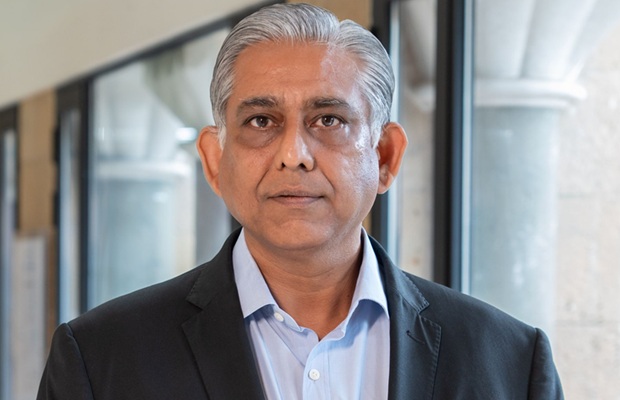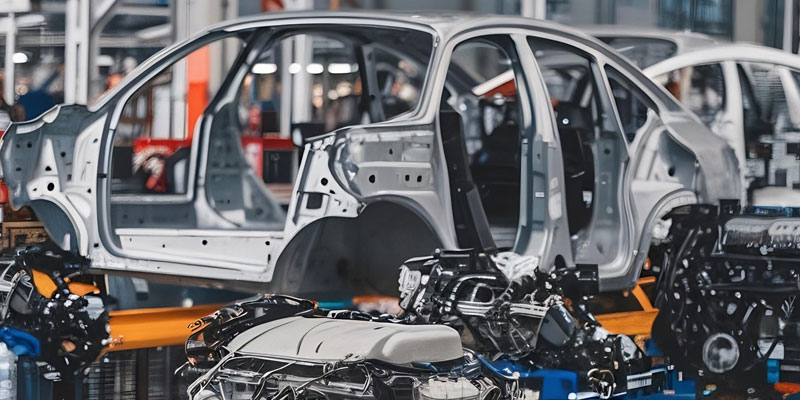Schedule a Call Back
Indian composites industry outlook
 Technical Articles
Technical Articles- Feb 01,19
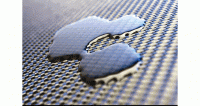
Related Stories
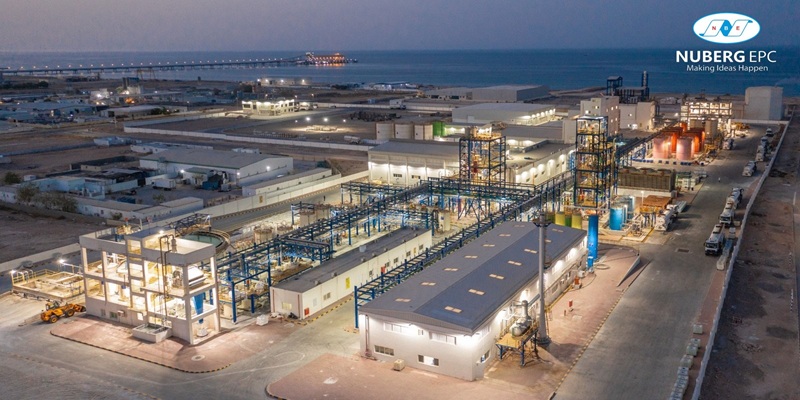
Nuberg EPC Wins Major Contract for Oman’s 120 TPD Chlor-Alkali Expansion
Over the years, Nuberg EPC and Al Ghaith Industries have cultivated a strong and enduring partnership built on advanced technology capabilities, precision engineering, and timely project execution.
Read more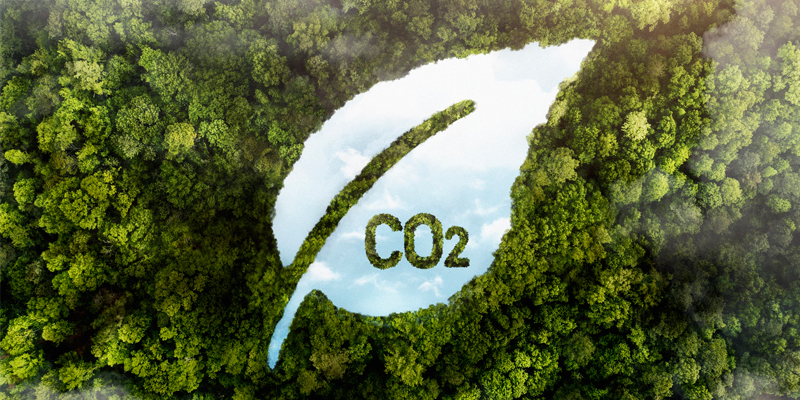
India’s Decarbonisation Journey: Turning Climate Challenge into Opportunity
While decarbonisation is increasingly becoming a prerequisite to access premium global markets, India's path to net-zero by 2070 is complex. However, with coordinated action, strategic investments, ..
Read more
India’s petrochemical economy: Opportunities for manufacturing industry growth
With supportive government policies and robust market demand, the Indian petrochemical industry has the potential to emerge as a pillar of industrial self-reliance, write R Jayaraman and T C R Amon.
Read moreRelated Products
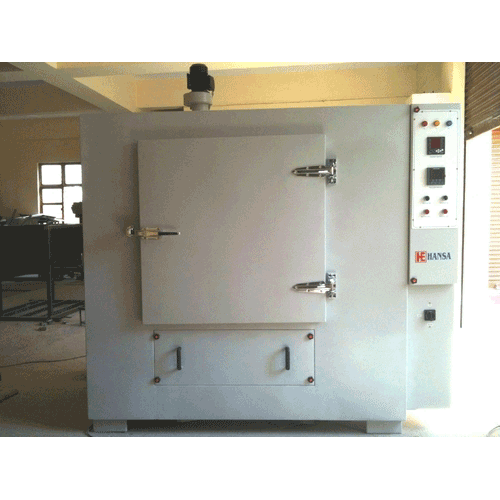
Heavy Industrial Ovens
Hansa Enterprises offers a wide range of heavy industrial ovens.
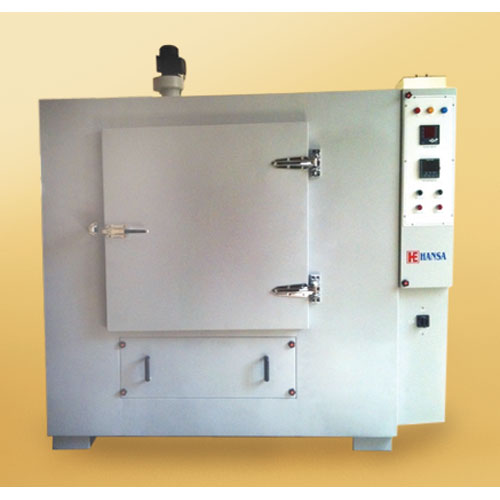
High Quality Industrial Ovens
Hansa Enterprises offers a wide range of high quality industrial ovens. Read more
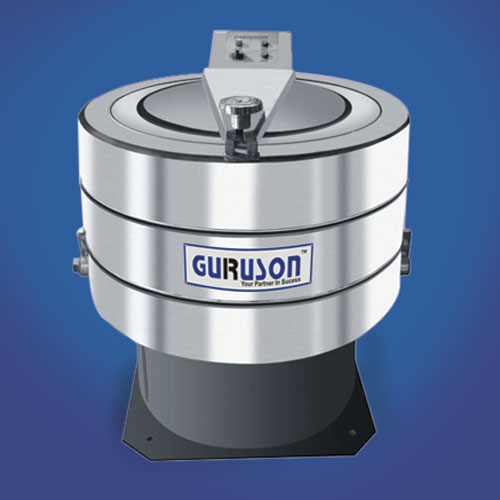
Hydro Extractor
Guruson International offers a wide range of cone hydro extractor. Read more






